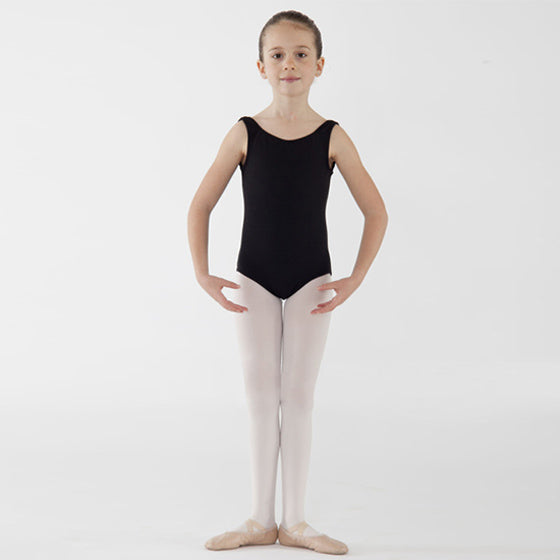You've probably heard by now that yoga is good for your health. Maybe you've even tried it for yourself and discovered that it makes you feel better. A consistent practice offers a plethora of mental and physical health benefits. Some, like improved flexibility, are clearly evident.
Others, including mental clarity and stress reduction, can be more subtle but are just as powerful. When put together, these benefits of yoga contribute to increased feelings of well-being, which helps explain why so many people find yoga so addictive. Here are the top benefits of yoga and some poses to try to help you get the most out of your practice.
Physical benefits
“The relaxation techniques incorporated in yoga can lessen chronic pain, such as lower back pain, arthritis, headaches and carpal tunnel syndrome,” explains Dr. Nevins. “Yoga can also lower blood pressure and reduce insomnia.”
Other physical benefits of yoga include:
- increased flexibility
- increased muscle strength and tone
- improved respiration, energy and vitality
- maintaining a balanced metabolism
- weight reduction
- protection from injury
1. Increased flexibility
Improved flexibility is one of the first and most obvious benefits of yoga. During your first class, you probably won’t be able to touch your toes, never mind do a backbend. But if you stick with it, you’ll notice a gradual loosening, and eventually, seemingly impossible poses will become possible. You’ll also probably notice that aches and pains start to disappear. That’s no coincidence. Tight hips can strain the knee joint due to improper alignment of the thigh and shinbones. Tight hamstrings can lead to a flattening of the lumbar spine, which can cause back pain. And inflexibility in muscles and connective tissue, such as fascia and ligaments, can cause poor posture.
2. Increased muscle strength and tone
Some styles of yoga, such as ashtanga and power yoga, are very physical. Practicing one of these styles will help you improve muscle tone.
But even less vigorous styles of yoga, such as Iyengar or hatha, can provide strength and endurance benefits.
Many of the poses, such as downward dog, upward dog, and the plank pose, build upper-body strength. The standing poses, especially if you hold them for several long breaths, build strength in your hamstrings, quadriceps, and abs. Poses that strengthen the lower back include upward dog and the chair pose.
When done right, nearly all poses build core strength in the deep abdominal muscles.
3. Improved respiration,energy and vitality
Most of us take shallow breaths and don't give much thought to how we breathe. Yoga breathing exercises, called pranayama, focus our attention on breathing and teach us how to take deeper breaths, which benefits the entire body.
Breathwork in yoga can have physical and mental benefits both on and off the mat. Certain types of pranayama such as Skull Shining Breath (Kapalabhati Pranayama) can also help clear the nasal passages (helpful for people with allergies), and Ujjayi Breath can help calm the nervous system.
4. Maintaining a balanced metabolism
Regularly practicing yoga increases proprioception (the ability to feel what your body is doing and where it is in space) and improves balance. People with bad posture or dysfunctional movement patterns usually have poor proprioception, which has been linked to knee problems and back pain. Better balance could mean fewer falls. For the elderly, this translates into more independence and delayed admission to a nursing home or never entering one at all. For the rest of us, postures like Tree Pose can make us feel less wobbly on and off the mat.
5.Weight reduction
Yoga for weight loss can sound like a funny idea, especially if you've always thought of it as something to do mostly for mental clarity. However, the practice does and can help with weight loss and losing body fat, as well.
To lose weight safely, you should be in a calorie deficit that's appropriate for your age, height, weight and lifestyle as well as exercising to maintain muscle mass. A calorie deficit is when you consume fewer calories than you're expending – forcing your body to use fat for fuel, instead. You can achieve a calorie deficit through nutrition or exercise, like yoga.
6. Protection from injury
If your medicine cabinet looks like a pharmacy, maybe it’s time to try yoga. Studies of people with asthma, high blood pressure, Type II diabetes (formerly called adult-onset diabetes), and obsessive-compulsive disorder have shown that yoga helped them lower their dosage of medications and sometimes get off them entirely. The benefits of taking fewer drugs? You’ll spend less money, and you’re less likely to suffer side effects and risk dangerous drug interactions.
Safety tips
If you’re in good health, hot yoga is generally safe. But, as with most types of exercise, there are some safety precautions to keep in mind.
Dehydration is a major concern with hot yoga. Drinking water before, during, and after a hot yoga class is essential. A low-calorie sports drink may also help restore electrolytes lost during your hot yoga workout.
Some pre-existing health conditions may make you more prone to passing out in a hot room. This includes heart disease, diabetes, arterial abnormalities, anorexia nervosa, and a history of fainting.
If you have low blood pressure or low blood sugar, you may be prone to dizziness or lightheadedness with hot yoga. Check with your doctor to make sure hot yoga is safe for you.
Pregnant women should consult their doctor before trying hot yoga.
If you’ve had heat intolerance problems in the past, you may want to stick with yoga that’s done at a normal temperature.
Stop right away if you feel dizzy, lightheaded, or nauseous. Leave the room and rest in a cooler environment.





















